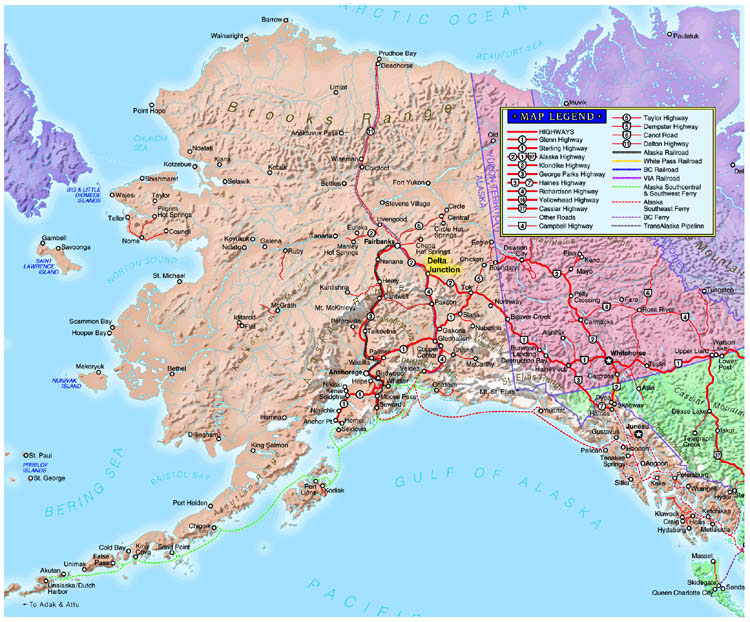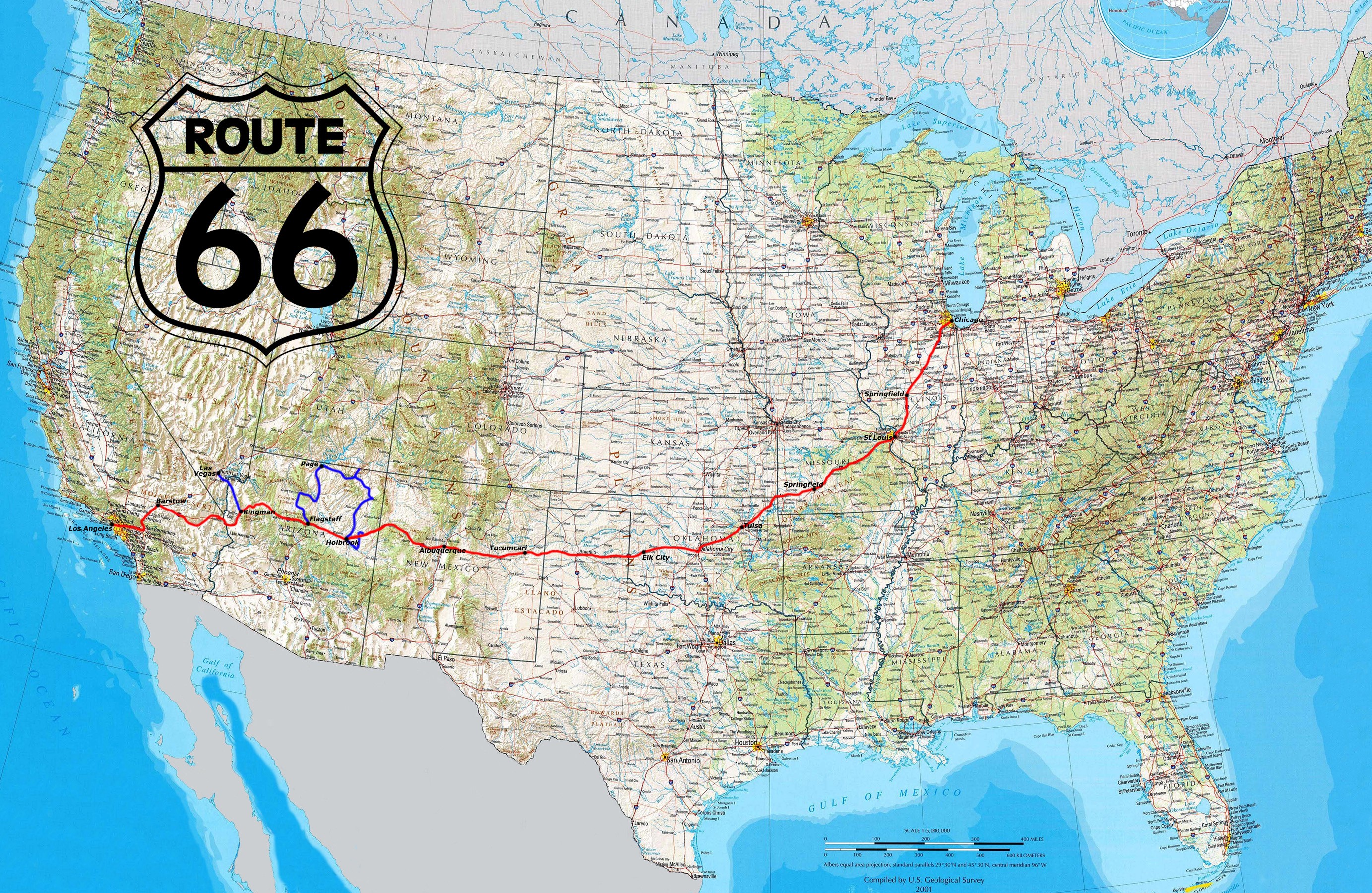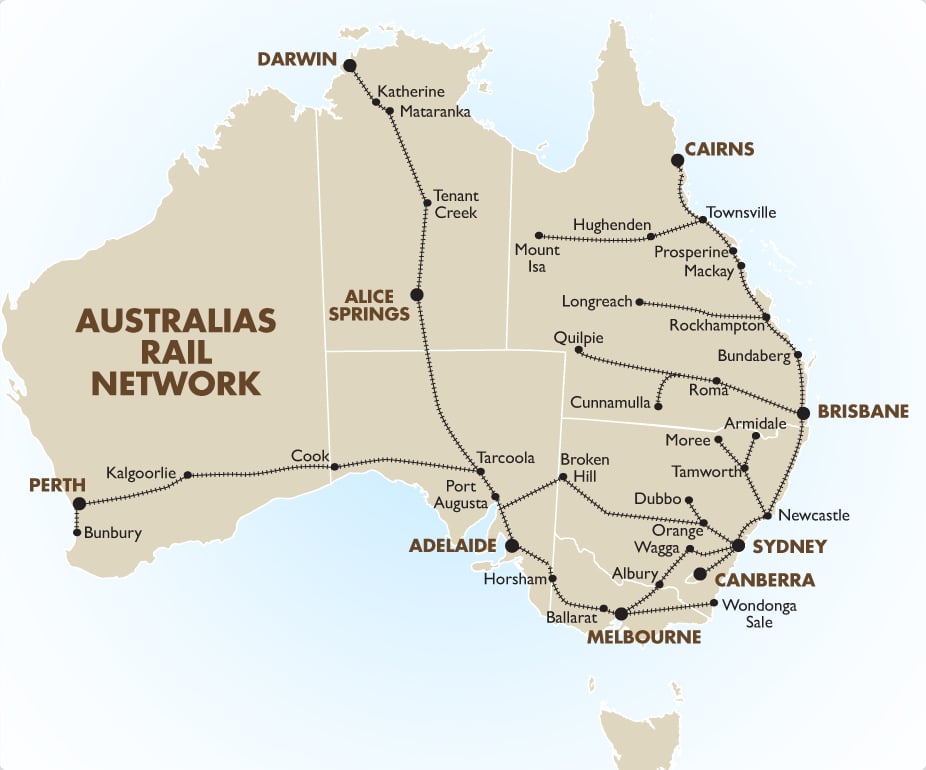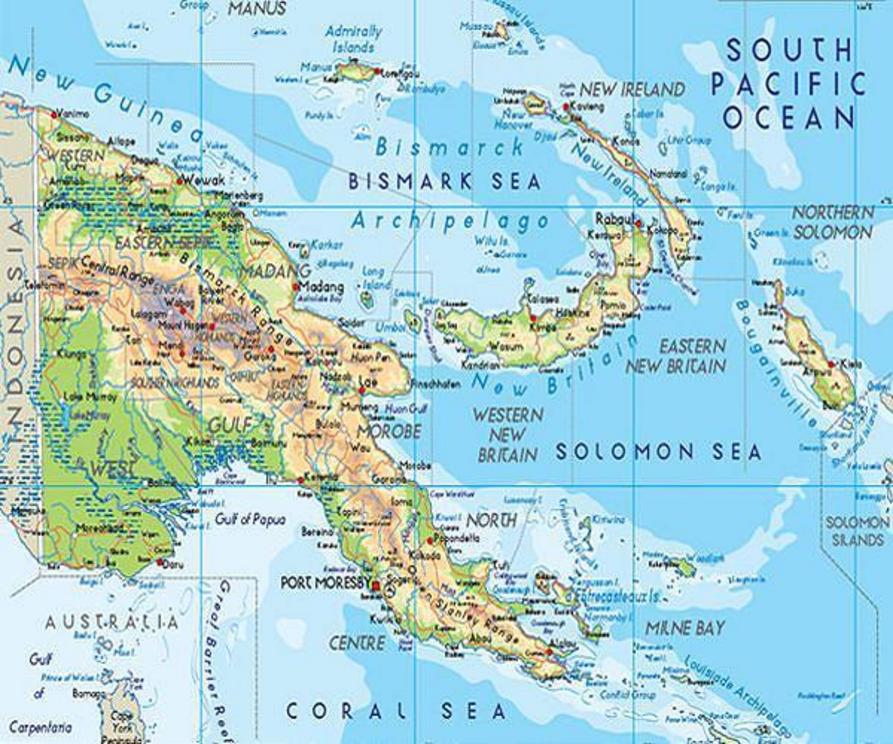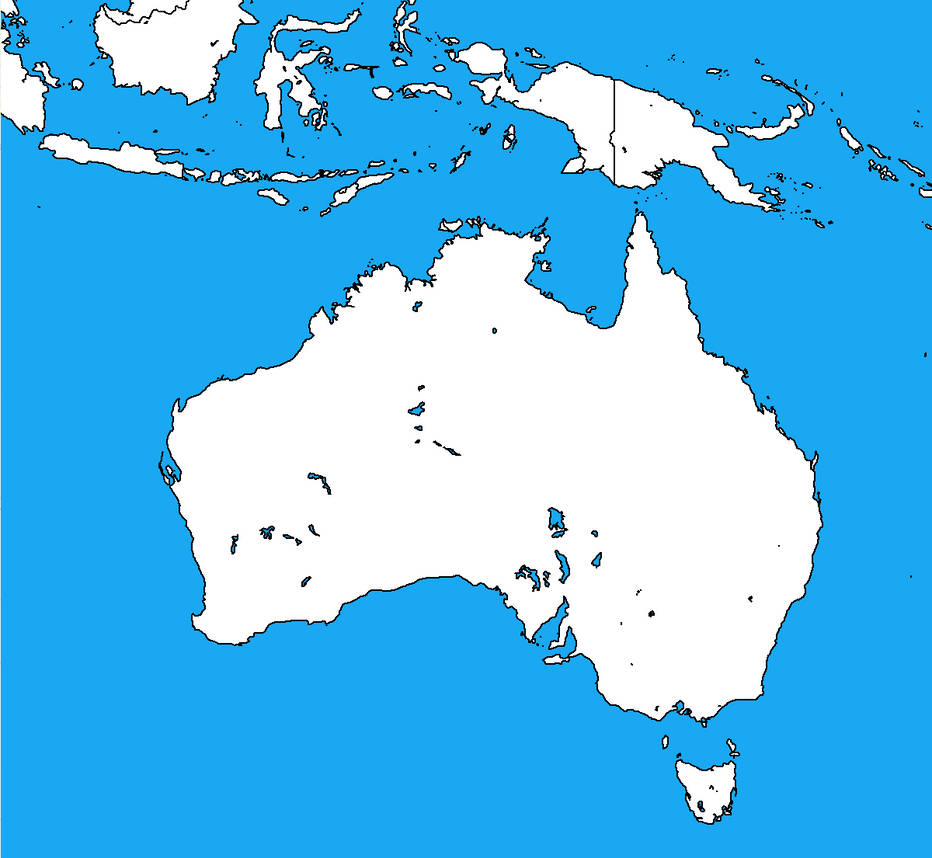, Alaska (AP) — Remnants of Pacific Hurricane Oho battered Alaska's southeast coast on Friday, the latest unusual weather event to hit a state that so far this year has dealt with a lack ...
In rare event, remnants of Pacific hurricane hit Alaska ...
https://www.seattletimes.com/seattl...ic Hurricane,this year has dealt with a lack
Alaska Highway Project Jukebox
I would also expect that civil engineers who route highways from Chicago to Los Angeles would know something about "water logged" and desert dust bowl. Just getting across the American southwest would be something of a major challenge.
road, Route 66, USA, Highway, Map, North America, Canada ..
Somewhat current:
The Ghan Expedition | Australia Outback Rail Travel | Goway
Mt. Isa to Tenant Creek is a "difficult" segment. It cannot be denied that it would be a challenge in 1942. Since I am trying to figure out an ATL storyline that involves the building of the Adelaide to Darwin route, and I have covered this issue in "Those Marvelous Tin Fish" when I discussed the extremely difficult logistics the Australians and Americans faced in the Pacific War, since everything had to be floated either from Pearl or up the Australian east coast through the Solomon Sea and all of it trying to crack into the Bismarck Sea?
CARTWHEEL was expensive in time and LIVES. Just the naval warfare to crack that problem cost hundreds of lives and dozens of ships.
Source:
Papua governor asks Indonesia to withdraw troops
Blank map of Australia and parts of Indonesia by DinoSpain ... (Additional work by McPherson).
The thing is that with two axes of supply and two fronts, the Japanese cannot use Rabaul as a plug to hold up the Allies for TWO YEARS. Airpower is a form of sea-power. But to use it (Darwin) one has to have a LLOC and the logical place for a LLOC is a route beyond Japanese aviation reach.
The Queensland route if the Japanese could raid into Coral Sea, is vulnerable. The route using the CAR assets is relatively invulnerable. There is a military logic at play here.
Planes take 90 days to build and an aircrew takes 180 days to train at a minimum. A ship takes 600-700 days (cruiser or aircraft carrier) and a crew takes 150-250 days to train. Now add up the costs and time delays with all the ships and crews lost and the soldiers killed during CARTWHEEL.
And add that northern Australia is taking an air beating because the supply situation is as screwed up as I illustrated above?
But Darwin is a backwater. The elbow pier (submarines) is wiped. And the campaign in New Guinea has to round the horn at Milne Bay and leapfrog and batter into the Bismarck Sea, because there was no way to air bridge into New Guinea from THE WEST.
